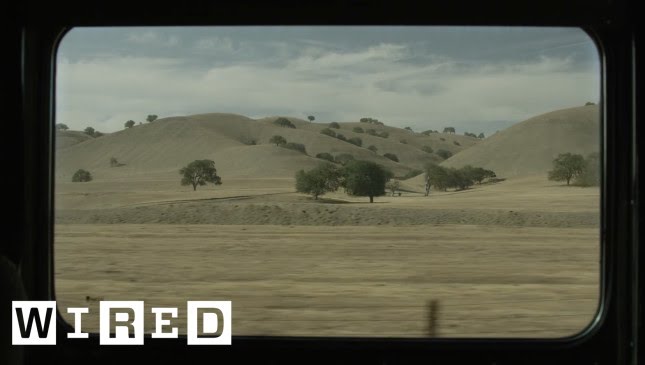Big Cat Ownership in America: The Risks and Consequences
Summary
The popular Netflix show “Tiger King” has brought the issue of big cat ownership in America to the forefront. The speaker explains that captive-bred big cats are often treated as pets by private owners, which can lead to deadly interactions if released into the wild. While AZ-accredited zoos breed tigers ethically, petting zoos breed them for profit. Signs of mistreatment can be seen in a tiger’s physical appearance and behavior, and even well-trained tigers can pose a danger due to their size and weaponry. Conservation efforts to protect tigers from poaching and habitat destruction are crucial to their survival.
Table of Contents
- What are the risks of private ownership of big cats?
- How can people find zoos with ethical practices?
- What are some signs of mistreatment in tigers?
- Are well-trained tigers still dangerous to be around?
- Why is conservation important for tigers?
Introduction
The issue of big cat ownership in America is one that has gained widespread attention in recent years, thanks in part to the Netflix series “Tiger King.” While the show shed light on the breeding and selling of big cats, it also highlighted the dangers of treating these majestic animals as pets. In this article, we will explore the risks and consequences of big cat ownership, and how people can support ethical practices and protect these animals.
Q&A
What are the risks of private ownership of big cats?
Private ownership of big cats poses numerous risks for both the animals and humans. Many private owners lack the experience and knowledge necessary to properly care for these animals, leading to inadequate nutrition, healthcare, and living conditions. Additionally, captive-bred big cats may lack the necessary genetics and behavioral skills to survive in the wild, and could pose a threat to native wildlife if released. Tigers raised in captivity may also associate people with food and entertainment, which could lead to deadly interactions if they were released or escaped. Finally, several injuries and deaths have occurred due to big cat attacks.
How can people find zoos with ethical practices?
The Association of Zoos and Aquariums (AZA) is a non-profit organization that sets standards for ethical treatment and care of animals in accredited zoos and aquariums. People can find zoos that follow the AZA’s guidelines by looking for their accreditation on the zoo’s website or by using the AZA’s zoo and aquarium locator tool. AZA-accredited zoos must undergo regular inspections and meet stringent criteria for animal care, education, and conservation.
What are some signs of mistreatment in tigers?
Signs of mistreatment in tigers can be seen in their physical appearance and behavior. Extreme thinness, hair loss, and other signs of malnutrition could indicate inadequate or improper feeding. Pacing in a small cage or exhibiting abnormal behaviors, such as excessive grooming or self-mutilation, could be signs of stress from inadequate living conditions or isolation. People should also be wary of establishments that offer interactions with tigers, such as taking selfies or touching the animals. These practices can cause stress, aggression, and ultimately harm to the tigers.
Are well-trained tigers still dangerous to be around?
Yes, even a well-trained and non-aggressive tiger can still be dangerous due to its size and weaponry. Tigers have incredibly powerful muscles, sharp teeth, and claws that can cause serious injury or death to humans or other animals. Furthermore, tigers raised in captivity may not have the necessary skills to survive in the wild, making interactions outside of controlled environments even more risky. While zoos accredited by the AZA take great care in training their animals and ensuring that human-animal interactions are safe, the risks associated with big cats cannot be eliminated entirely.
Why is conservation important for tigers?
Conservation efforts to protect tigers from poaching, habitat destruction, and other threats are crucial to their survival. Tigers are apex predators and play a vital role in their ecosystems, maintaining balance and keeping prey populations in check. However, tigers are also critically endangered, with population estimates ranging as low as 3,000 in the wild. Protecting tiger habitats and preventing illegal trade in tiger parts are important steps in preserving the species. Furthermore, protecting tigers benefits the health and well-being of ecosystems as a whole, helping to maintain biodiversity and protect natural resources.
Conclusion
Big cat ownership in America is a complex issue with significant risks and consequences for both animals and humans. While private owners may view big cats as pets, these captive-bred animals are not suited for the wild and can pose a threat to native wildlife and human safety. Ethical practices in zoos accredited by the AZA offer a better alternative, but even these institutions must recognize the inherent risks associated with big cats. Ultimately, protecting tigers and other big cats requires conservation efforts to protect their natural habitats, prevent poaching and illegal trade, and promote ecological sustainability.







